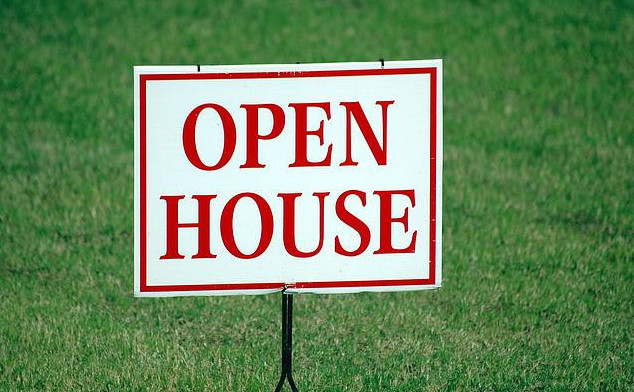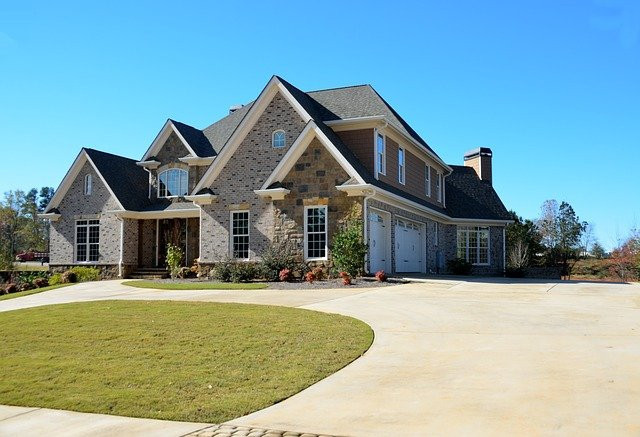What Is Creative Financing?

What is creative financing is a term that is frequently used today but is so misunderstood. Most people have no idea that creative financing can actually benefit them when they are trying to sell their real estate property. I hear so many questions and even more biased opinions against creative financing. It is time to set the record straight once and for all. I’m about to blow the lid off of creative financing and what it can do for you.

Wikipedia defines the term “creative financing” as:
In real estate, creative financing is non-traditional or uncommon means of buying land or property. The goal of creative financing is generally to purchase, or finance a property, with the buyer/investor using as little of his own money as possible, otherwise known as leveraging. Using these techniques an investor may be able to purchase multiple properties using little, or none, of his “own money”.
I can already hear the name-sayers exclaiming how only the buyer or investor is the one that benefits from this transaction. But for the truth be known the seller is also benefiting from this form of transaction. You ask how is this so? Let me tell you how I know.
Let us take a look at my last deal in creative financing. The seller had just put their home up for sale as an FSBO, more commonly known as For Sale By Owner. It is what investors refer to as a “pretty house”, which is a property that doesn’t need any repairs or cosmetic defect that needs addressing. A pretty house is ready to sell to a retail buyer.
It was a huge house with more than 6100 square feet of livable space. Two stories with three bedrooms and two bathrooms upstairs with the master bedroom downstairs. The master had a bathroom to die for, that had a closet that could fit as many clothes in it as most stores have in stock. A shower and a sauna/bathtub, marble countertops with gold inlays, simply beautiful.
The property owner was moving to another state and needed to sell their house. They weren’t in a rush to sell but wanted the security of knowing they could move and not worry about the mortgage still attached to the house. Their mortgage was just over $4300 a month on a house they were asking almost Two Million dollars for.
Most people can’t afford a house with a $4300 a month mortgage. I advised the homeowner that her market for a potential buyer was going to be a little smaller since only a handful of people walk around with $200,000 in their back pockets.
Through careful negotiations, I explained that I represented an investment company that buys houses in their area and I would pay their asking price AND all closing costs if they would be willing to accept a delayed cash-out. Obviously, they had no idea what I was referring to.
A delayed cash-out simply means that I would buy their house as is, with no inspections or hassles, close quickly, and pay their asking price and closing costs if they would accept monthly payments until I could pay them in full sometime in the future. In other words, I buy their house on terms and pay their mortgage, which includes the Principal, Interest, Taxes, and Insurance, with a balloon note that pays the house off in full at a later date.
The seller agreed to a three-year term, which means I continue to pay their mortgage for three years. After three years, the balloon note will come due when I must pay the full amount to satisfy the contract. This type of creative financing is also considered “owner financing”, where the owner is actually the bank that finances the buyer in buying their property.
The seller actually made more money in this creative financing deal than they would have in a traditional house sale. Three different ways the owner earned more money than a traditional transaction. First of all, the owner didn’t have to negotiate a lower sale amount on the house. The investor (buyer) paid the full asking price.
Secondly, the seller didn’t have to pay any closing costs, which on a house of this price range would have been substantial. Normally you can figure around 3% of the selling price for closing costs. And last, by accepting monthly payments the owner will save money on the capital gains tax that uncle Sam will surely be expecting. Other advantages are no bank approval period which can be up to two months, and no more house showings to potential buyers.
As an investor, I choose my own closing date, so if the homeowner wants to close fast and vacate the property, I can usually close within seven days. If the homeowner needed time to live in the house until the place they were moving to was ready, I can wait.
Many homeowners are fearful about their chances of getting another mortgage if they carry the note on their old home. That shouldn’t stop them from getting a new mortgage on another property. The reason is I put a wrap around their old mortgage which basically is a new mortgage encompassing the old mortgage. There is a paper trail that shows the old mortgage getting paid, so it washes the debt away that would normally prevent the seller from getting a new mortgage because of the debt to income ratio.
What about a property that is free and clear with no mortgage? This becomes even better for the homeowner selling their property because now, they will be getting paid every month, just like a mortgage company would. They will be getting cash flow which being in smaller increments the taxes are reduced significantly, saving the seller even more money.
I know there are a lot of skeptics that will want to argue about what is better, to receive cash flow every month or one lump sum when selling your property.
Yes, I must confess, it is a win situation for the investor/ buyer to be able to buy a property without having to pay a down payment on a property. However, it is also a win for the seller because of the savings that will be created by not having to pay all the fees that go with a property changing ownership. Tell me that is not a win/win deal for everyone involved.
Advantages of Creative Financing
Creative financing is good for all parties involved, the seller and the investor/buyer. I have already given some highlights on the savings the seller will receive by engaging in owner financing. The seller is taking the place of the bank. Why do you think that the banks all have big, beautiful buildings? Because their business model is for everyone to pay them. They lend out money at a much higher interest rate and pay very, very low interest on the money they have to loan. So the banks are maximizing the profit on the money they lend.
The seller in creative financing becomes the bank for the investor/buyer. Sometimes there is a down payment required from the buyer. Sometimes the seller will want interest on the money they are receiving every month from the buyer. Every deal is unique and it is the job of the investor/buyer to find the best solution.
Just some of the many advantages are:
- Debt relief (the number 1 motivator)
- No management
- No repairs
- Gets cash when sold
- Saves credit
- Helps seller qualify for new financing
There are several reasons a homeowner will pick my way of owner financing over the more traditional way of selling a home:
- Bankruptcy
- Pre-Foreclosure
- Loss of employment
- Job transfer
- Relocation
- Downsizing in size of home
- Death of a family member
- Property needs a lot of repairs
- The property owner is not in hurry to receive money or wants to earn more
- Divorce
- Appreciation of home value
Sellers Market vs Buyers Market
In a seller’s market, where the available inventory of homes for sale is smaller than the demand there are only a few sellers that see how they can benefit more from owner financing than by accepting one lump sum of cash. Most people need cash when they sell their property. There are as many reasons to get the full amount at the sale as there are to get paid more later.
In a seller’s market, something that we are experiencing now, it is much harder to buy a property at a discount unless it needs substantial upgrading or repairs. Homeowners want the money from their property as soon as they can so they can move forward with their life. This creates some disadvantages for the buyers that are shopping for a new home.
One of them is paying too much for a home. With multiple bids coming in on a home for sale, it becomes a bidding war, with the high bid winning. Many homeowners are paying thousands of dollars too much for their properties. They don’t see the pitfalls of paying too much because the demand is so high. If they don’t buy now, they will not get another chance. It is never a good idea to stretch your resources (income) too thin.
As an investor, I see both sides of every deal. Which way makes more sense for the homeowner, my way or the traditional way? Well, for starters, I don’t use the banks with all their rules and regulations. I see so many houses get an offer, the house gets tied up for the pending sale, then the buyer doesn’t qualify or for other reasons, the deal fails. Time and time again, this problem prevails. On the other hand, my way avoids the banks, plus I buy without any inspections or hassles, no more open house showings, or vendors finding problems with the property.

Creative Financing is not for everyone. But for some homeowners, it is a blessing come true. As an investor, I work really hard in finding the best solution for a property owner. I strive to create a win/win solution for not only the seller but for the buyer as well.
In my last post, How To Sell A House Faster, you learn that using an investor over a realtor is to your benefit. The buyer will net more money selling their property than what they could have earned from the realtor. You will also learn that a realtor will not buy your property or make the payments on the property while it is vacant. An investor will.
